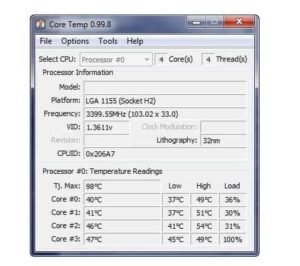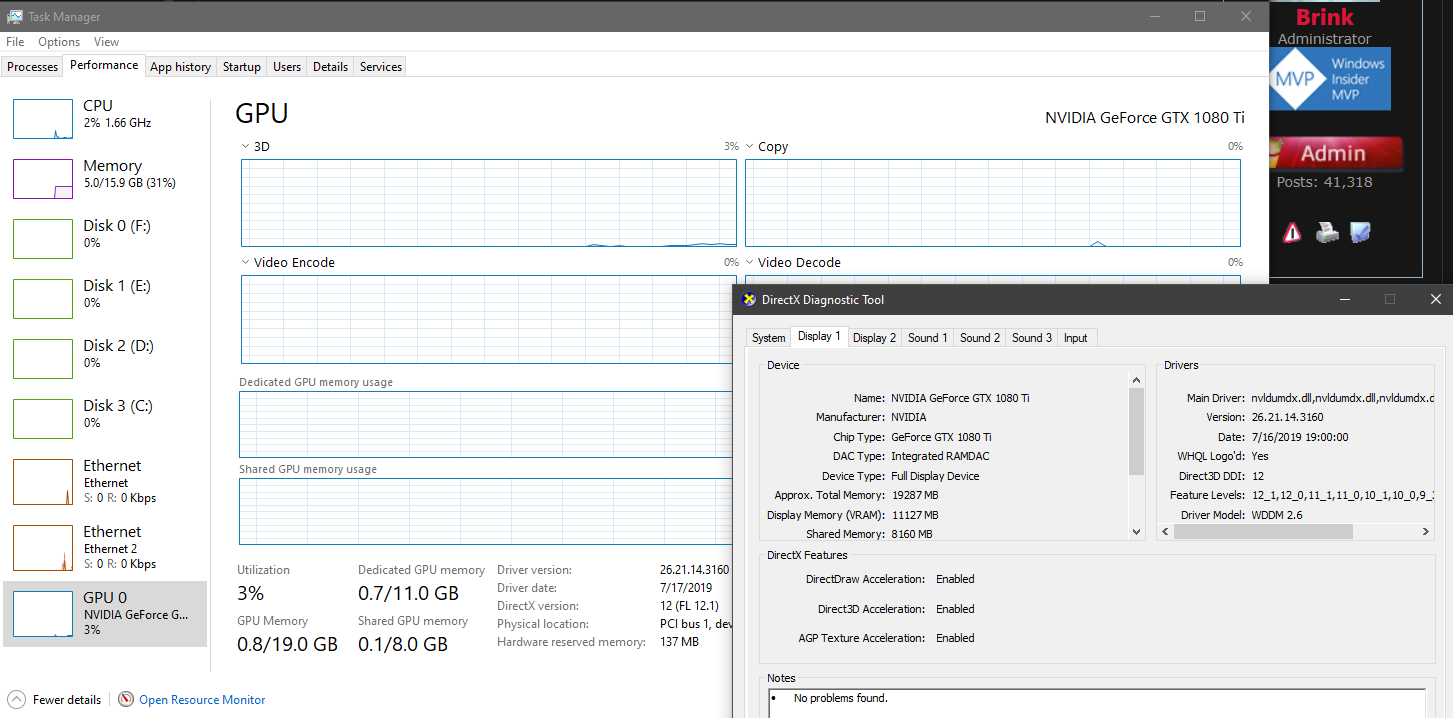

#Cpu temp monitor windows 10 intel how to
3 to 5 hours or longer to validate a 24/7 stable overclock.PC gaming tips and tricks Level up your Steam game: Tips and tricks to get more out of Valve's game store How to stream PC games to another device easily How to check your monitor's refresh rate and adjust it How to check CPU and GPU temps easily How to enable G-Sync on your gaming PC and monitor How to start streaming your gaming: All the gear you need How to optimise your PC for gaming 12 easy tips to get more FPS and better performance on your gaming PC How to transfer PC games to your Steam Deck Tips to get the most out of your new Nvidia RTX GPU How to fix slow game downloads on Steam: Tips and tricks to boost download speeds Is your PC bottlenecking? How to check for performance problems How to use Bluetooth headphones with your Steam Deck Why is my computer so slow? Tips to improve your PC performance How to check PC specs: Find the full specifications of your computer How to take better game screenshots on PC How to add a mic to any headphones for PC gaming How to easily capture gameplay footage for your YouTube channel How to update Nvidia drivers and cleanly install them for the best results.This is a solid method for testing your cooling solution. 30 minutes to establish solid stability, and to provide some insight into the temperatures of the CPU under load.This probably won’t reflect a 24/7 workload, but will be more rigorous than the Intel® XTU benchmark. Here are some useful durations to consider: You can pick which component to test (CPU, memory, or integrated graphics) and decide the duration of the test, from a few seconds all the way up to 30 days. To thoroughly test stability and validate an overclocked CPU for heavy usage, a longer test is required.įortunately, Intel® XTU comes with integrated stress tests, located under the “Stress Test” tab. Running a simple benchmark probably isn’t sufficient in determining overall system stability, as most benchmarks don’t adequately simulate a long-term, high-stress CPU usage environment. The final stage of the overclocking process ensures that your system will remain stable when using the overclocked CPU. Step Four: System Stability and Stress Testing Once you have made an adjustment, click the yellow “Apply” button in the Intel® XTU interface. Remember to make any adjustments slowly, and never to change more than one setting at a time. You likely won’t damage your CPU by adjusting other settings due to built-in safety features, but unless you know exactly what these settings do and how they will impact your CPU, sticking with those three fundamentals might be best. The Advanced Tuning section provides many settings you can experiment with, but if you’re new to overclocking, the primary settings to focus on are the Processor Core Ratio, Processor Cache Ratio, and potentially the Core Voltage. This means that if you set the Vcore to 1.1V, and then add an offset of +0.2V, you will be effectively applying a Vcore of 1.3 volts. Both “Core Voltage” and “Core Voltage Offset” sliders are added together when applied.If you want to change the CPU Vcore (core voltage) to a specific value, simply select it with the “Core Voltage” slider.When changing these settings, it’s best not to exceed changes of 0.05V at a time.

This will add your current Vcore to the value selected. If you don’t know your default Vcore but still want to increase it, you can use the “Core Voltage Offset” slider. These can be increased in order to keep up with higher core ratios if you are encountering system instability. For a CPU to run at faster speeds, it might require more power in order to remain stable, which is where adjusting the Vcore becomes important. Another section allows you to adjust the Vcore (Core Voltage).


 0 kommentar(er)
0 kommentar(er)
